Ñyé'án Ñkóbán Búlu - Añgan 44 - Anyenyom Ê Biñgun
1. Bí á yé'è ñkóban Búlu.
B'á jô na mõt a a nyome jôm èziñ ê mfá'á bíôm bifê éyoñe mõt ate a nê ñgul ya ê líti náa jôm éte j'á selan aa bíôm bivók. Biñgun biziñ bí á vólõ mfá' ôte.
Õnyenyom éñgun ô n'èñgun j'á vólõ mfá'á yà nyome jôme jíá é né aa bíôm bifê. Anyenyom ê biñgun é n'abui. Õnyenyom éñgun w'á fumele aa ntótán ômíês, á dañ ê dañ ntótán yà átáta'a ômíês.
_("We are learning to speak Bulu. An distinctive pronoun is a pronoun that distinguishes one thing from other things. There are many distinctive pronouns. The pronunciation of a distinctive pronoun depends on the pronunciation of its subject, especially the pronunciation of the begining of the subject."/"Nous apprenons à parler Boulou. Un pronom distintif est un pronom qui distingue une chose dans un group. Il éxiste plusieurs pronoms distintifs. La prononciation d'un pronom distintif dépend du suject, ou plutot de la prononciation du début du suject.")_
Ñgê ê jam wo kóbõ d'á fombõ jôm ê jíá, ñg'ômíês w'á tótêban avál èziñ, õnyenyom éñgun ô ne:
ate
Õ ne belan õnyenyom éñgun "ate" áman ôseñge. Ású bive'án, tót ê mêjô maná:
Õ ndeme mane ê dí bõmbõ [ ate ].
A ñgá yõlè ma món [ ate ].
Ñyê'êle èziñ a a yê'êle bía ñkóbán ê Búlu. M'a nye'e ñyê'êle [ ate ].
2. Õ ne belan õnyenyom éñgun "ate" ôseñg'été. Ñgê wo bo nálè, wo yiane kõ'õlan éñgbwêñgbwên éñgune "a" ñgê ke "á". Ású bive'án, tót ê mêjô maná:
Món-a-miñgá a a só ôsôé:
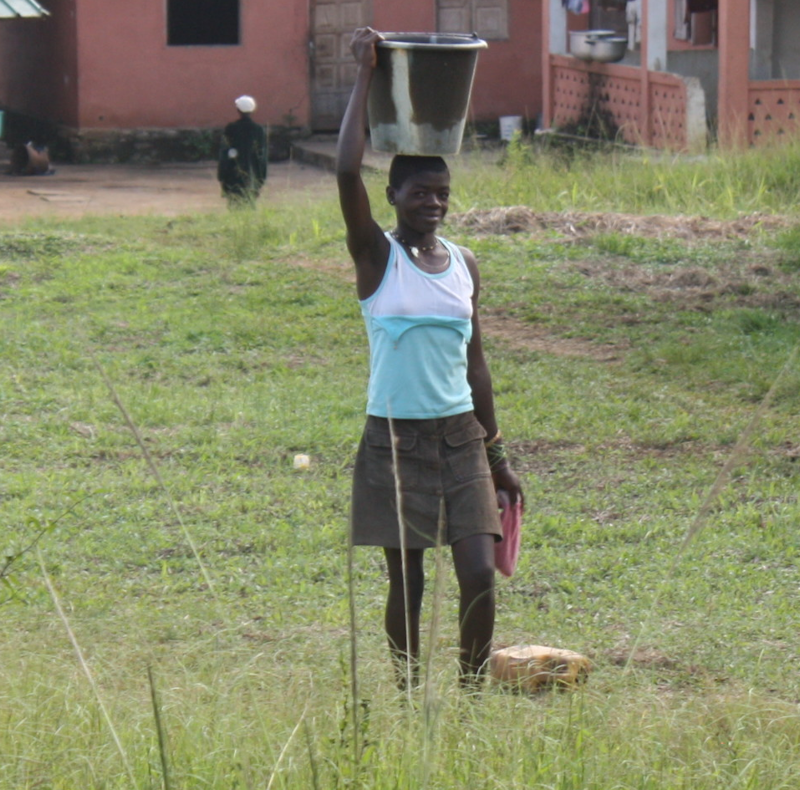
Món-a-miñgá [ ate a ] be'ê nlõñgá mêndím.
Món a bôõ ê sí. Kelê fombõ ñgê món [ ate a ] be'ê mfóndé.
Ñkúkúmá [ ate a ] ne zôsõô. A ne teke líti ôbaañgàm.
Amú jé ñnêñ wõè a bôõ ê sí? Ye ñnêñ [ ate a ] a kon?
3. Ñgê wo kóbõ ású jôm ê jíá, ñg'ômíês w'á tótêban avál èziñ, õnyenyom éñgun ô ne:
éte
Õ ne belan õnyenyom èñgun "éte" áman ôseñge. Ású bive'án, tótê mêjô maná:
Ê fa nyí è ne jôé na, "õvôn ê míñkús":
![Ê fa nyí è n'akáp. Ê fa [ èvó' è ] n'atùl.](../images/fa1.png)
Êyoñ m'a ê ye lí tíl, m'a ye belane fa [ ète ].
Èlé é ñgá ku ètám. Mõt èziñ á njí ba'aé élé [ éte ].
Bêbíén bê ñgá lôñ ê ndá [ ète ].
Be ñgá bôé áñgámbá [ éte ].
Tyé [ ète ], maámíén me ñgá bõme ñkúl.
4. Õ símêsa'ane náa õ ne belan õnyenyom éñgun "éte" ôseñg'été. Éyoñ wo kóbõ nálè, wo yiane kõ'õlan éñgbwêñgbwên éñgun:
éte + é ...
Ású bive'án, tót ê mêjô maná:
M'a nye' ê fa nyí.
![Ê fa nyí è n'akáp. Ê fa [ èvó' è ] n'atùl.](../images/Fa3.png)
Fa [ ète è ] n'adìt.
F'è [ èt'è ] n'adìt.
Èlé [ éte é ] ñgá ku ètám.
Abô' [ éte é ] n'ayáé.
Akusábo áfúp [ éte é ] n'ánên, wo yiane man ê lí de.
5. Biyoñ biziñ, wo yiane kõ'õlane "d'á":
ète + d'á ...
Ású bive'án, tót ê mêjô maná:
Dís [ éte d'á ] vús.
Andó'o [ éte d'á ] wúm ê bibumá.
A a ye lôm ê bía bikõndé átôm. Atôm [ éte d'á ] ye só aakítí.
5. Biyoñ biziñ, wo yiane kõ'õlane "j'á":
ète + j'a ...
Ású bive'án, tót ê mêjô maná:
M'a ke éfatyelê jilí:
![M'a ke éfatyelê jilí. Èfatyelê [ éte j'á ] kuane bikpwaé.](../images/Bifatyele2.png)
Èfatyelê [ éte j'á ] kuane bikpwaé.
Nyá'á biañe nyíná. Biañ [ ète j'a ] sáé mbõman.
Èsáé [ éte j'á ] kát ê bíà.
6. Ñgê wo kóbõ ású jôm ê jíá, ñg'ômíês w'á tótêban avál èziñ, õnyenyom éñgun ô ne:
ôte
Ô ñga yeme náa õ ne belan õnyenyom éñgun áman ôseñge. Ású bive'án, tótê mêjô maná:
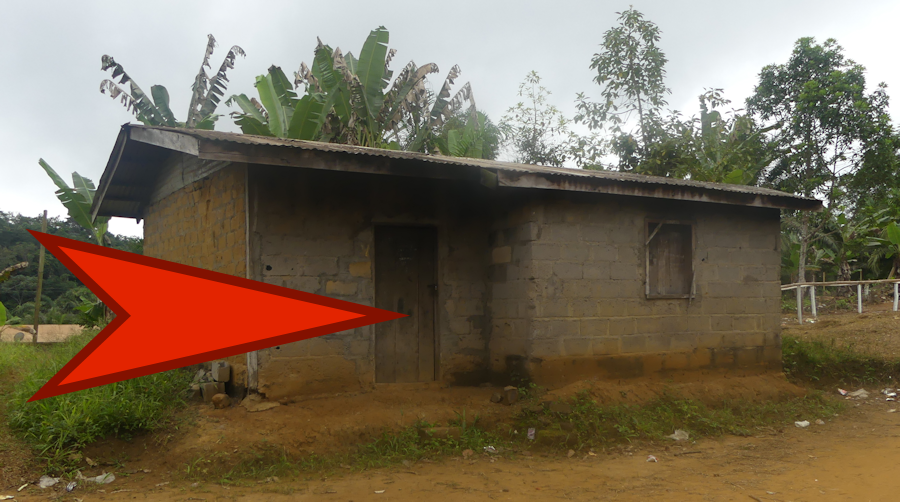
Diín mbé [ ôte ]!
Bí á nye'e ñkóbõ [ ôte ].
Te wo jáé mfóndé [ ôte ]; ô ne mvit.
7. Wo yem ê fe náo õ ne belan õnyenyem éñgun "ô" ôseñge été. Éyoñ wo kóbõ nálè, wo yiane kõ'õlan éñgbwêñgbwên éñgun:
ôte + ô ...
Ású bive'án, tót ê mêjô maná:
![Mbé [ ôte ô ] wô'õ feteban étám.](../images/Mbe3.png)
Mbé [ ôte ô ] wô'õ feteban étám.
Fombô'õ ê mfóndé wu:
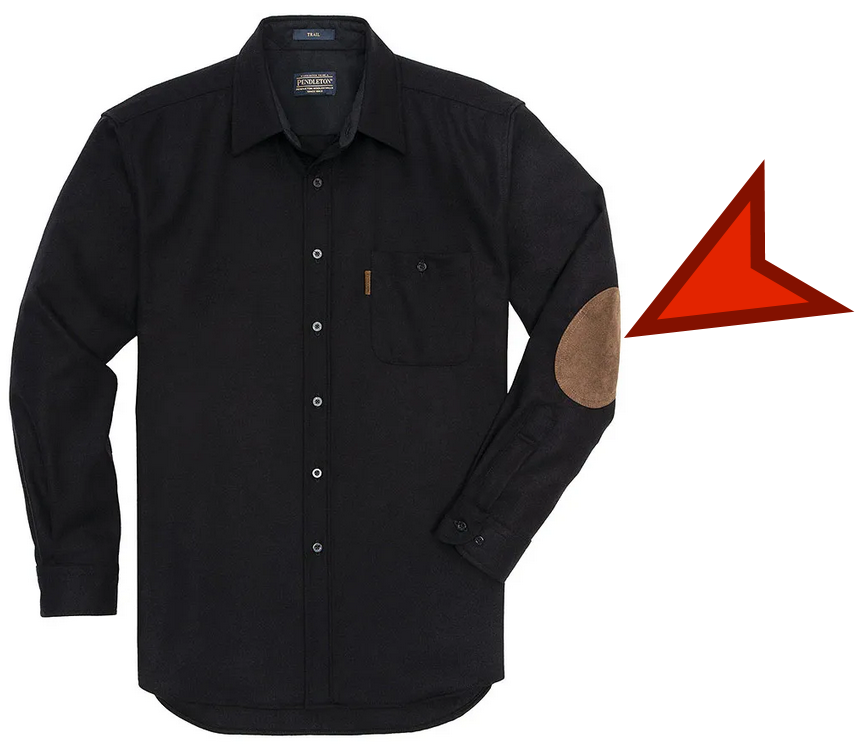
Mfóndé [ ôte ô ] bilí ábáká.
Mfónd'[ôt'ô ] bil'ábáká.
Te wo belan ôtyeñe wú. Ôtyeñ [ ôte ô ] n'atùl.
Te wo bót ê mfónd' ôte. Mfónd' [ ôt'ô ] ne mvit.
8. Biyoñ biziñ, wo yiane kõ'õlan éjêt:
ôte + w'á ...
Ású bive'án, tót ê mêjô maná:
Mbé [ ôte w'á ] yómbõ ètám.
Nsílí [ ôte w'á ] yiane njika'anê.
Nlam [ ôte w'á ] nên ávôl.
Mfóndé [ ôte w'á ] yêm ê wo. Te wo bót ê wõ.
9. Ñgê wo kób'ású bíôm bé n'ábui, ñg'ômíês w'á tótêban avál èziñ, õnyenyom éñgun ô ne:
bête
Ô ne belan õnyenyom éñgun "bête" áman ôseñge. Ású bive'án, tót ê mêjô maná:
Beyêñ bê ñgá só aañgõ'é. Bí ñgá toñ beyêñ [ bête ].
Ê biñgá balé bê ne benyuá. Kelê vólõ biñgá [ bête ].
Beyê'êle bèziñ b'á yê'êle bía ñkóbán ê Búlu. Bí á nye'e beyê'êle [ bête ].
10. Õ ne belan õnyenyem éñgun "bête" ôseñge été. Éyoñ wo kóbõ nálè, wo yiane kõ'õlan éñgbwêñgbwên éñgun:
bête + bê ...
Ású bive'án, tót ê mêjô maná:
Te wo bi bêkábate bálé:

Bekábate [ bête bê ] ne émbáñgán.
Ê biñgá balé b'á bè bidí:
![Ê biñgá balé b'á bè bidí. Bíñgá [ bête bê ] ne ékambê.](../images/Ekambe1.png)
Bíñgá [ bête bê ] ne ékambê.
Beyê'êle báñgán b'á yê'êle bía ñkóbõ Búlu. Beyê'êle [ bête bê ] ne õjíbí.
11. Biyoñ biziñ, wo yiane kõ'õlan éjêt:
bête + b'á ...
Ású bive'án, tót ê mêjô maná:
Bekábate báñgán ê balé:
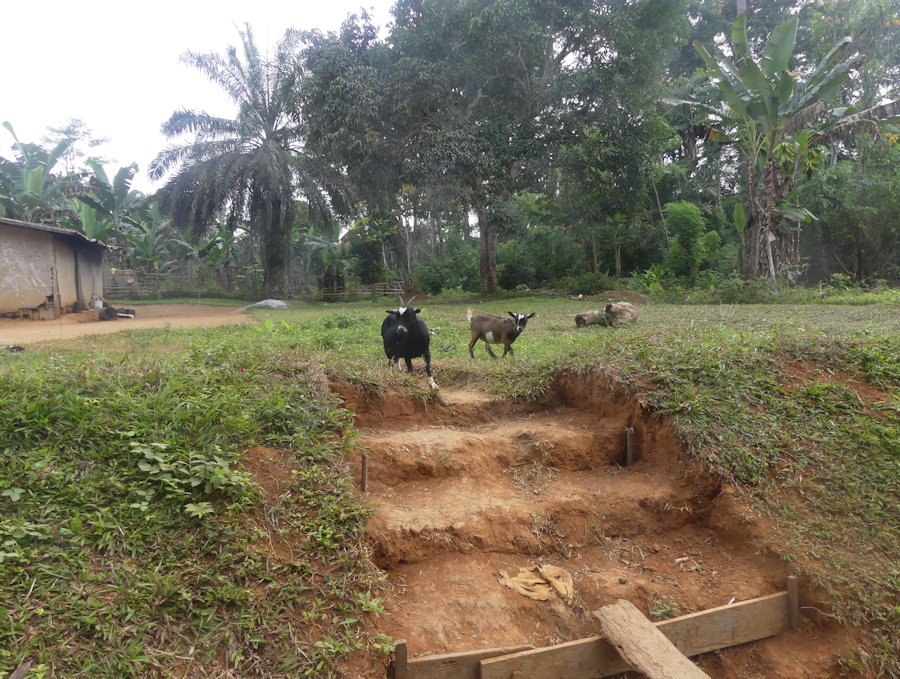
Bekábate [ bête b'á ] kêndè õbut.
Beyêñ ábui bê ñgá só aañgõ'é. Beyêñ [ bête b'á ] nye'e miñkōñ.
Be zeê-mimfaká bê ñgá mane dí'i étíson. Be zeê-mimfaká [ bête b'á ] wulu ve aalú.
12. Ñgê wo kób'ású ábui bíôm, ñg'ômíês w'á tótêban avál èziñ, õnyenyom éñgun ô ne:
bíte
Ô ne belan õnyenyom éñgun "bíte" áman ôseñge. Ású bive'án, tót ê mêjô maná:
Me ñgá kuse bifaká aañgõ'é:
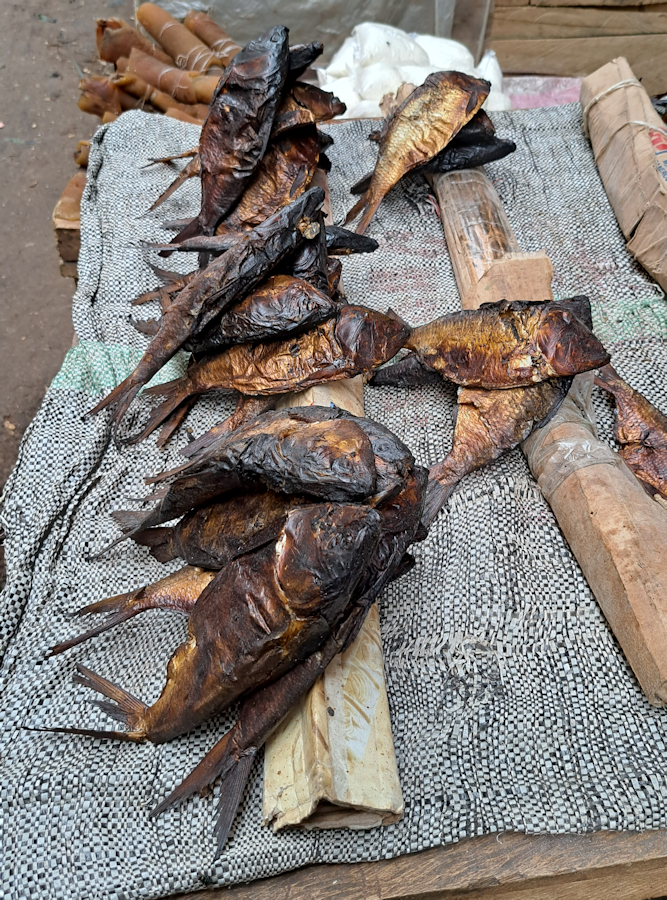
M'a zu yám ê bifaka [ bíte ].
Õ be' ábeñ ê bimvõñgá:
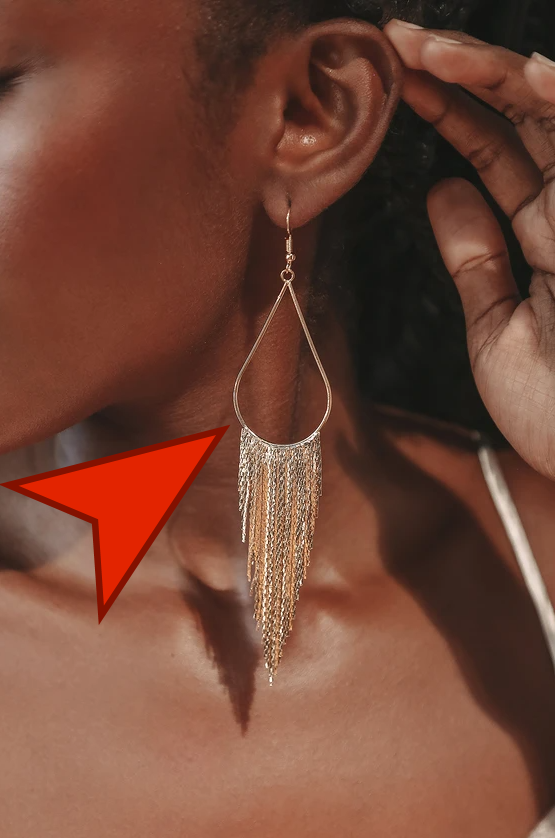
M'a nye'e bimvõñgá [ bíte ].
Bídí bí ñgá bu'u éyoñ èbê' é mane ya, solé'è bidí [ bíte ]!
13. Õ ne belan õnyenyem éñgun "bíte" ôseñge été. Éyoñ wo kóbõ nálè, wo yiane kõ'õlan éñgbwêñgbwên éñgun:
bíte + bí ...
Ású bive'án, tót ê mêjô maná:
Bisáé [ bíte bí ] n'ayáé.
Éyoñ wo ê man ê ba ê ñgõé, te wo kap binam. Binam [ bíte bí ] ne émbíáñgán.
Bí á yi bibótán. Bibótán [ bíte bí ] á ye sóo bía mvòm.
14. Ñgê wo kób'ású ábui bíôm aa õmíês w'á tótêban avál èziñ, õnyenyom éñgun ô ne:
mete, mête
Ô ne belan õnyenyom éñgun "mête" áman "mête" ôseñge. Ású bive'án, tót ê mêjô maná:
Mêsên ê maná mê ne ású bikpwémbé.


Éyoñ wo ê ye búti ndá, õ bela'ane mesên [ mête ].
Mêndím ê maná mê ne mvit. Te wo nyú mendím [ mête ].
Mebiañ mê betê ê tawôlõ. Kelê nyoñê mebiañ [ mête ].
15. Õ ne belan õnyenyem éñgun "mête" ôseñge été. Éyoñ wo kóbõ nálè, wo yiane kõ'õlan éñgbwêñgbwên éñgun:
mête + mê ...
Ású bive'án, tót ê mêjô maná:
Éyoñ wo ê ye fet éwólo mbim, õ bela'ane mesên ê maná:
![Éyoñ wo ê ye fet éwólo mbim, õ bela'ane mesên ê maná. Mêsên ê [ mête mê ] ne ású mebám.](../images/Mesen2.png)
Mêsên ê [ mête mê ] ne ású mebám.
Éfatyelê jilí j'á kuane mesām.
![Éfatyelê jilí j'á kuane mesām. Mesām [ mête mê ] ne ású éja mbim.](../images/Mesam2.png)
Mesām [ mête mê ] ne ású ávus.
Te wo nyú mêndím ê maná; mendím [ mête mê ] bilí nsul.
16. Biyoñ biziñ, wo yiane kõ'õlan éjêt:
mête + m'á ...
Ású bive'án, tót ê mêjô maná:
Ê món ê nyiná a a nyú menyáñ.
![Ê món ê nyiná a a nyú menyáñ. Menyáñ [ mête m'á ] vólõ món á yaé.](../images/Mon3.png)
Menyáñ [ mête m'á ] vólõ món á yaé.
Èsônõ a a kone mís. Mís [ mête m'á ] vús.
17. Ñgê wo kób'ású ábui bíôm aa õmíês w'á tótêban avál èziñ, õnyenyom éñgun ô ne:
míte
Ô ne belan õnyenyom éñgun "míte" áman "mête" ôseñge. Ású bive'án, tót ê mêjô maná:
Minlõñgá mêndím miná:
![Minlõñgá mêndím miná. Manê'e be' ê minlõñgá [ míte ]. Kelêe minlõñgá [ míte ] éwóban.](../images/Minlonga1.png)
Manê'e be' ê minlõñgá [ míte ]. Kelêe minlõñgá [ míte ] éwóban.
Mímfóndé me ñgá kuse wo, za'á ma líti mimfóndé [ míte ].
A ñgá yám minsúñgá aaañgõ'é. Bí ñgá mane dí minsúñgá [ míte ].
18. Õ ne belan õnyenyem éñgun "míte" ôseñge été. Éyoñ wo kóbõ nálè, wo yiane kõ'õlan éñgbwêñgbwên éñgun:
míte + mí ...
Ású bive'án, tót ê mêjô maná:
![Kelê fombõ mímbé milí. Ye mimbé [ míte mí ] ne mfetáan?](../images/Mimbe1a.png)
Kelê fombõ mímbé milí. Ye mimbé [ míte mí ] ne mfetáan?
Mimfóndé [ míte mí ] á yêm ê ma.
Minsílí [ míte mí ] á yiane njika'anê.
Te wo belane míñyõ míná. Miñyõ [ míte mí ] mane ya ê dúñ.
Mimfèfè Bífíá
añgan (abui: mêñgan): _("lesson/leçon")_
èñgun (abui: biñgun): _("pronoun/pronom")_
èñgbwêñgbwên (abui: biñgbwêñgbwên): _("neutral"/"neutre")_
èñgbwêñgbwên éñgun (abui: biñgbwêñgbwên ê biñgun): _("neutral pronoun"/"pronom neutre")_
ntôõ (abui: mintô): _("next/suivant")_
ñkpwáa (abui: miñkpwáa): _("previous/précédent")_
ê nyom: _("to distinguish/distinguer")_
õnyenyom (abui: anyenyom): _("distinctive/distinctif")_
õnyenyon éñgun (abui: anyenyom ê biñgun): _("distinctive pronoun/pronom distinctif")_
Mêñgan máná mê ne ású na bí yé'é anê b'á kóbô Búlu. Ñgê wo yêne jôm èziñ é n'ábé ñgê ke njuk, ñgê wo kômbô kómêkane, tili'i dê mfá'á ya bila'aé.
These lessons are meant to teach how to speak the Bulu language. If you have a comment, a suggestion, or a critique, please write it in the Comments section.
Ces leçons enseignent comment parler la langue Boulou. Si tu as des commentaires, des suggestions, ou des critiques, écris-les dans la section des commentaires. (n k o b o b u l u AT g m a i l dot c o m)
Nsámá'a-Ndetên: http://www.nkoboboulou.com/nkoban/Angan42.htm